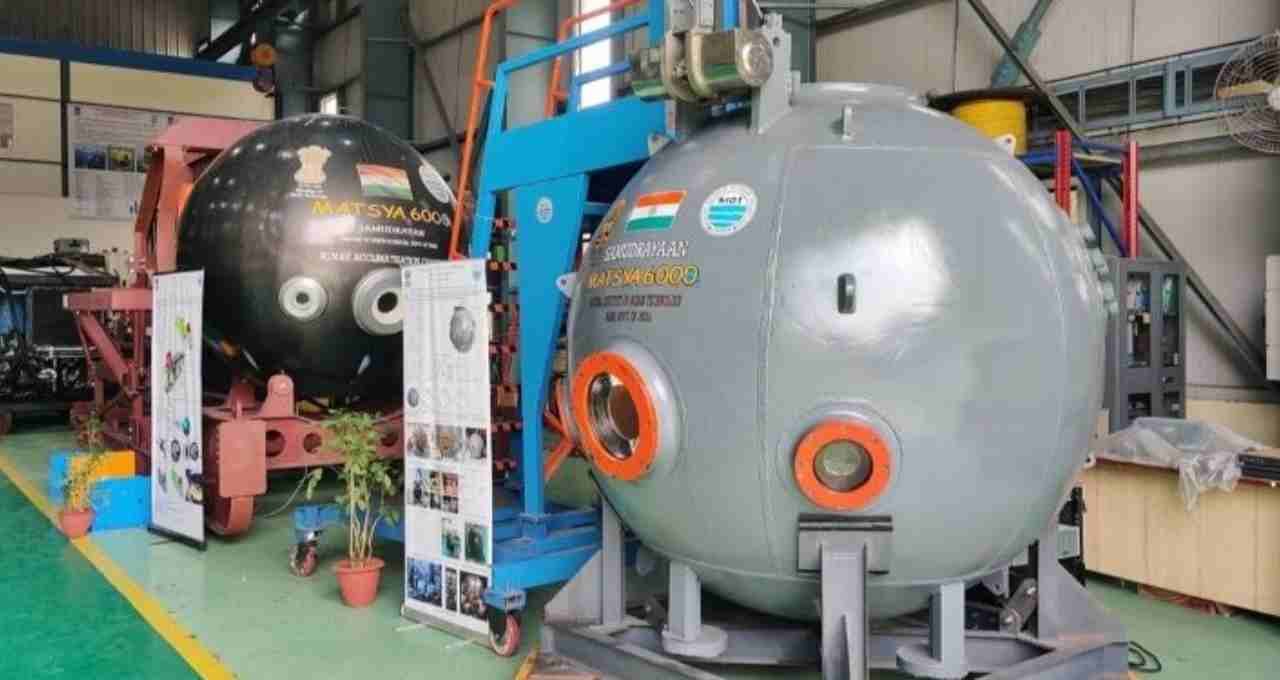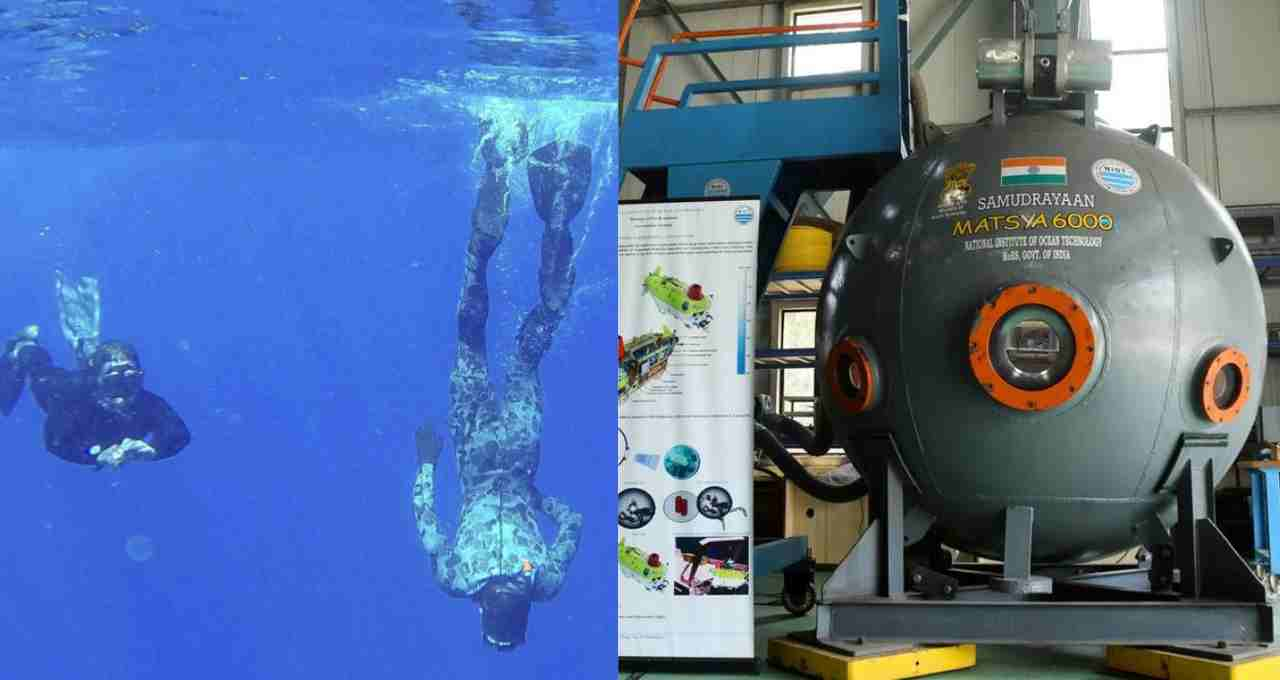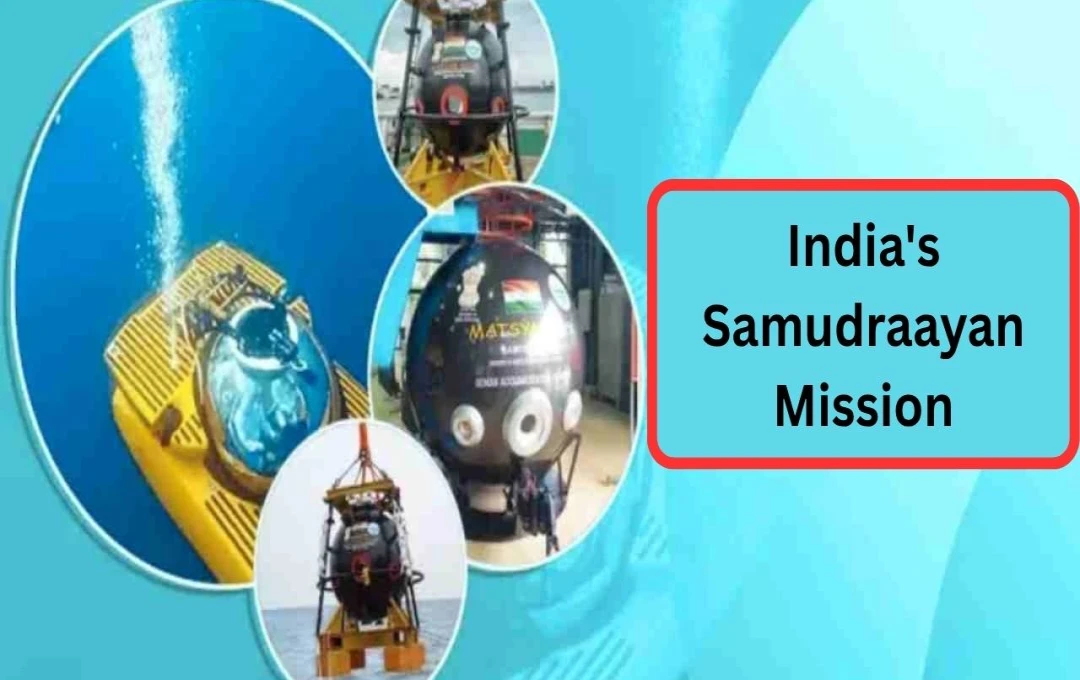Balaji Ramakrishnan, director of the National Institute of Ocean Technology (NIOT), announced on Tuesday that the manned submersible intended for deep-sea exploration could be launched by the end of 2026.
New Delhi: India is poised to take another historic leap forward in scientific research and technological advancement. Having already planted its flag in space, India now sets its sights on unraveling the mysteries hidden in the depths of the oceans. This mission, named 'Samudrayaan,' will be the country's first manned deep-sea expedition, exploring the unseen world up to 6000 meters (6 kilometers) below the ocean's surface.
Developed by the National Institute of Ocean Technology (NIOT) using indigenous technology, and under the guidance of the Ministry of Earth Sciences, the mission is planned for launch by the end of 2026. This has been confirmed by the institute's director, Dr. Balaji Ramakrishnan.
Humans to Explore the Ocean Depths
Samudrayaan will carry three scientists on a deep-sea voyage, where they will study the ocean's structure, biodiversity, mineral resources, and nutrient-rich ecosystems. This 25-ton submersible, a fourth-generation vehicle, features a state-of-the-art titanium hull designed to withstand extreme water pressure and temperatures.

Mission Highlights
- Capability to send humans to a depth of 6000 meters.
- The submersible will carry three scientists.
- The underwater mission will last 8 hours (4 hours descent and 4 hours ascent).
- Operational capability in high-pressure and dark environments.
- Will perform crucial tasks such as sample collection, biodiversity identification, and mineral assessment.
India to Achieve New Heights in Global Oceanography
Dr. Ramakrishnan believes this mission can revolutionize India's oceanography and deep-sea research. Until now, deep-sea exploration has been limited to a few countries like the USA, Russia, France, and China. This endeavor will firmly establish India on the global stage of deep-sea research. Before the full launch, Samudrayaan will undergo testing at a depth of 500 meters. This test is proposed for later this year.
Following a successful test, the next step will be sending humans to a depth of 6000 meters. Along with the Samudrayaan mission, India has also developed an electronically monitored fish cage system for deep seas. This technology is capable of measuring fish growth, biomass, and water quality in real-time. This initiative will provide a new direction to India's marine food security and boost the blue economy.

Why is this Mission Important?
- Assessment of marine biodiversity: Identification of unique species hidden in the depths.
- Exploration of mineral resources: Gathering information about valuable metals and minerals on the seabed.
- Climate change indicators: Understanding changes in the atmosphere from deep ocean levels.
- Contribution to marine tourism and defense: This knowledge can be helpful in future deep-sea tourism and strategic planning.
Samudrayaan is not merely a scientific experiment; it represents a unique endeavor to establish India's identity in global science. Just as Chandrayaan and Gaganyaan propelled India to new heights in space exploration, Samudrayaan will connect us to the potential hidden in the ocean depths.










